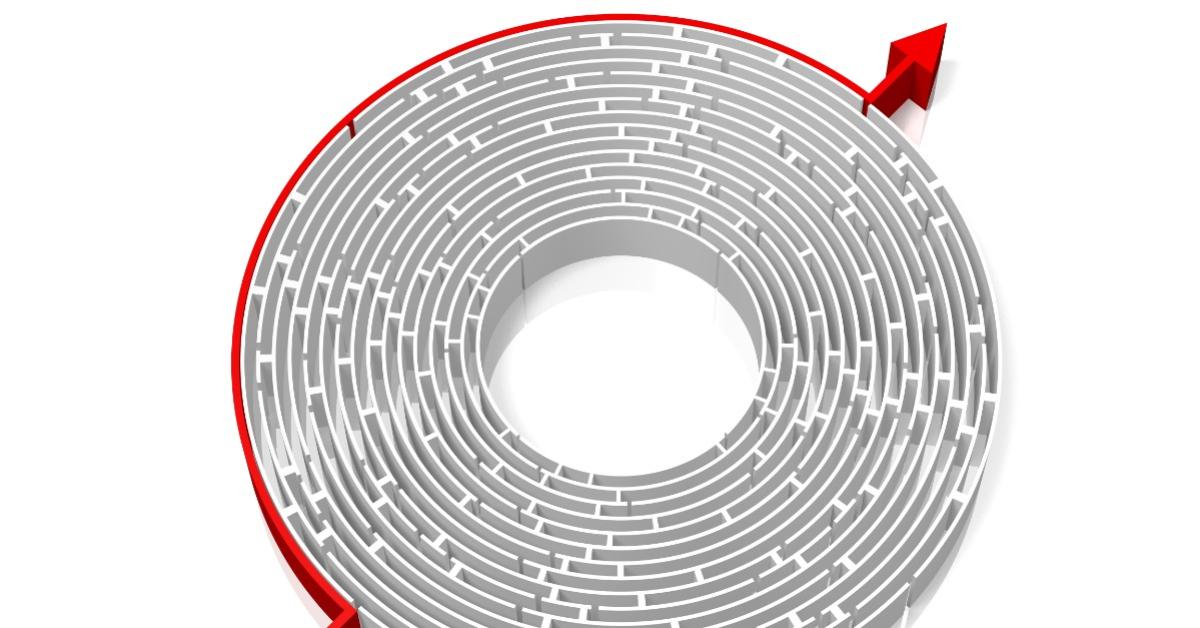
A new monetary age is coming and sooner than anyone thinks. Since 1971 the world’s monetary system has been unanchored by anything of intrinsic value. In the fall of that year, President Nixon took the US off what remained of the gold standard, called the gold exchange standard, in which foreign central banks could redeem dollars for America’s gold reserves at $35 per ounce.
The reason for Nixon’s action was simple: the US had cheated. Dollars were supposed to be fully backed by gold, meaning that the US would not print more money than it could redeem in gold at $35 per ounce. In effect, the US counterfeited its own currency.
Ever since 1971, the world has been on a fiat monetary system that permits the world’s central banks to print as much currency as their profligate governments demand. Today the dollar is worth only two cents of its 1971 gold value ($35 per ounce of gold in 1971 divided by $1,749 per ounce of gold on August 29, 2022). One thing is certain: with greater and greater government deficits funded by greater and greater amounts of fiat currency, the dollar will continue to lose purchasing power, perhaps falling to near zero.
As the US government keeps spending, a milquetoast Fed creates even more dollars to prevent interest rates and taxes from skyrocketing, which would cause the stock market to implode. The consequences are only just emerging: higher consumer prices.
Nevertheless, we are told that our monetary masters have the authority to force us to use the dollar, despite its steady drop in purchasing power. Nothing can or will be done. The Fed controls the dollar. The Bank of England controls the pound sterling. The European Central Bank controls the euro. And so on. Or so it is claimed. But is that really true? It is the hubris of our monetary masters that they have total control over whatever fiat currency is made mandatory.
An Idea Whose Time Has Come
Victor Hugo wrote that “there is nothing more powerful than an idea whose time has come.” In 1971, that idea was Keynesianism. Keynesian monetary theory gave central banks worldwide the philosophical endorsement to print money to prevent recessions and to contract the money supply when the economy overheated (prices started to rise). It was oh so technical, modern, and reassuring to the public, who even today venerate our monetary masters at the Fed, the Bank of England, the European Central Bank, the Bank of Japan, etc.
But that was then. This is now. Now all is not as it seems. There is a new idea whose time has come. Or, rather, it is an old idea that is making a comeback. That idea is sound, commodity-based money that cannot be inflated.
Some nations, especially those outside the Western orbit, are starting to realize that their hoards of dollars, received in exchange for valuable goods, are shrinking in purchasing power at a faster and faster rate. The great con has been exposed. Many countries are not happy and want to do something about it. Herein lies a great lesson. The world is a very big place. One can happily live in this world only if he is honest, trustworthy, reliable, friendly, and doesn’t meddle in the affairs of others. This lesson applies to nations as well as individuals. But the US has violated these time-honored traditions. It has debauched the dollar, the world’s premier reserve currency for settling international trade. It has used the international settlement system (SWIFT) as a weapon to ostracize nations, such as Iran, that it does not like. It has confiscated assets held in the US that belong to others, most recently Russians.
As a result, some nations are working to replace the dollar and the US-controlled international settlement system with one of their own. It is not an easy task, but, as Victor Hugo pointed out, the idea of sound money and friendly, noninterventionist relations is taking hold and will not be turned back.
The Warning Signs of Change Are There to See
There are some warning signs. Some members of the Shanghai Cooperation Organization (SCO) have been working on a new medium of exchange for settling international trade, bypassing the dollar. (See this article and this article.) This money will contain a high gold content, making it difficult, if not impossible, to debase. The Russians and the Chinese are involved, of course, which is very important because both nations probably hold more actual gold specie than any Western nation, including the US. Significantly, Saudi Arabia is considering joining.
This is crucial, because since 1971 the Saudis have demanded that payment for oil be made in dollars only, creating the so-called petrodollar market. If the Saudis decided to accept a new SCO currency in addition to the dollar, demand for the dollar would drop. This would signal the end of the dollar as the world’s preferred reserve currency and set off seismic financial shocks, especially in the US.
But let us not discount the possibility that some currently friendly nation, such as Germany, might seek an alternative to a steadily shrinking dollar. Currently the euro is legal tender in Germany, but many German economists are not happy with European Central Bank policies. The euro has been inflated as much as the dollar, which is anathema to Germans, who understand how their country was destroyed by hyperinflation in the 1920s.
Germany’s federal government is the most fiscally responsible in the industrialized world. It is ludicrous that Germany’s monetary system is run by inflationists at the European Central Bank. Germany needs its own currency. Were it to reinstate the deutschmark, the European monetary system would collapse, and good riddance to it. Many European nations probably would choose to join a deutschmark zone. In the long run, this would be beneficial to strengthening the dollar.
International Currency Competition Would Keep the Fed Honest
Foreign central banks would not need to hold as many dollars, most of which have been used to buy US Treasury debt. They would flow back into the US, exposing the current system’s weakness: that US price inflation was kept in check only by world demand to hold dollars for international trade purposes.
That demand would diminish, and foreign dollars would start entering the spending stream instead of being held as reserves. To stem the inevitable increase in prices, the Fed would need to allow the interest rate to rise, and then the federal government would need to cut spending. Otherwise, the dollar’s exchange rate with a new SCO currency or a new deutschmark would fall. The US would be unable to afford necessary imports.
To prevent this disaster, the economy must be unshackled from needless regulation, taxes must be cut, the dollar must be made redeemable in gold, and, most importantly. The federal government must cut spending. Otherwise, the economy will not progress. It is important to remember that the federal government is a parasite on the economy. Every dollar that it cuts from its own spending frees resources for the real, private economy.
The long, steady march of the dollar to complete loss of purchasing power would then be arrested, which would be good news for Americans and all other holders of dollar reserves. What the public calls “inflation” would moderate.
There would be a reassessment of US economic policy. For example, the green energy movement would be over. Wind and solar infrastructure would revert to niche markets at best. They were never capable of meeting America’s energy needs. International interventionism would be over. The American people would finally see the full monetary cost of America’s wars, which would have to be supported by higher taxes. Reality would reassert itself.
All this is very good news for the future of America, which henceforth would have to live within its own means and behave honorably with the world. I see nothing wrong with that prospect. The important point is that the current monetary expansion eventually will come to an end, one way or another. Various economists like Frederick Hayek and Herb Stein have said in one form or another that what cannot go on forever will not go on forever. The sooner the US ends its monetary expansion of the dollar, the shorter will be the necessary period of economic adjustment.






